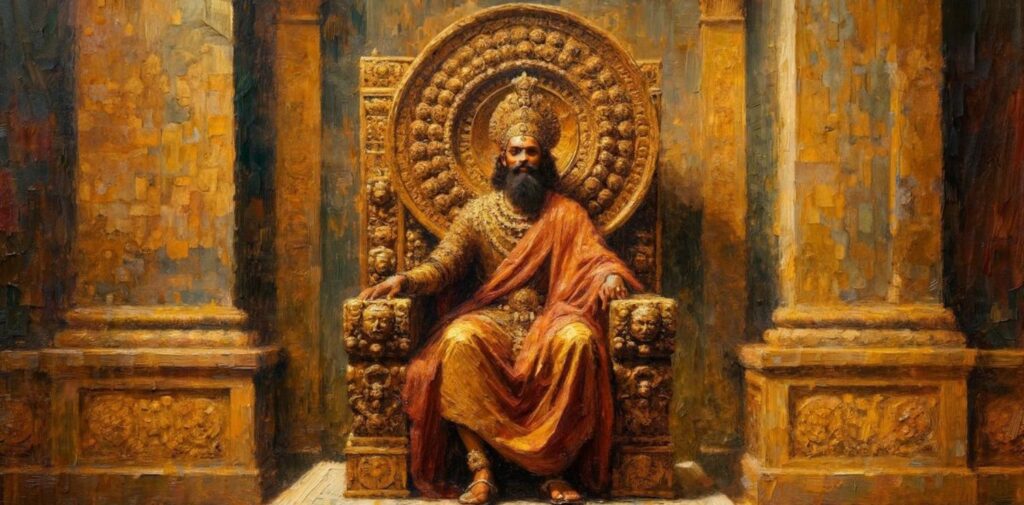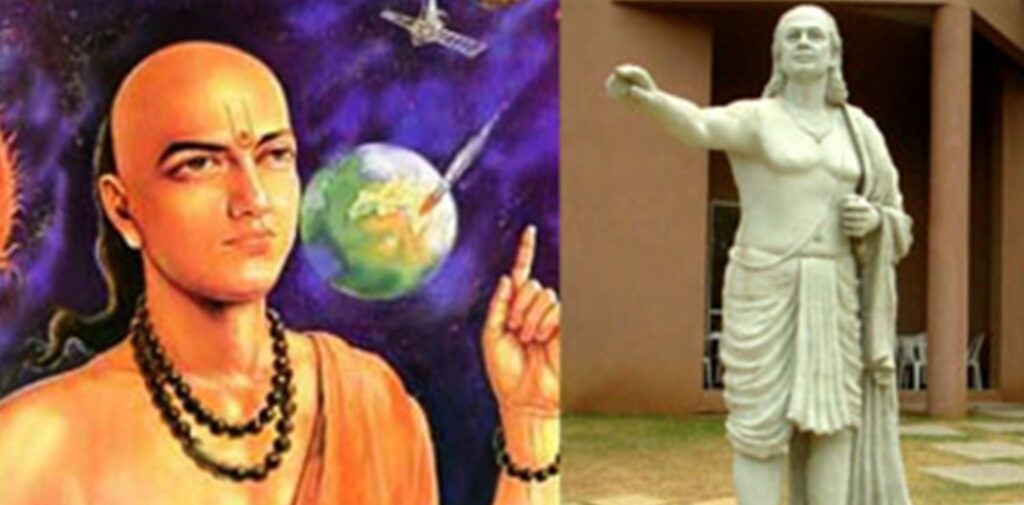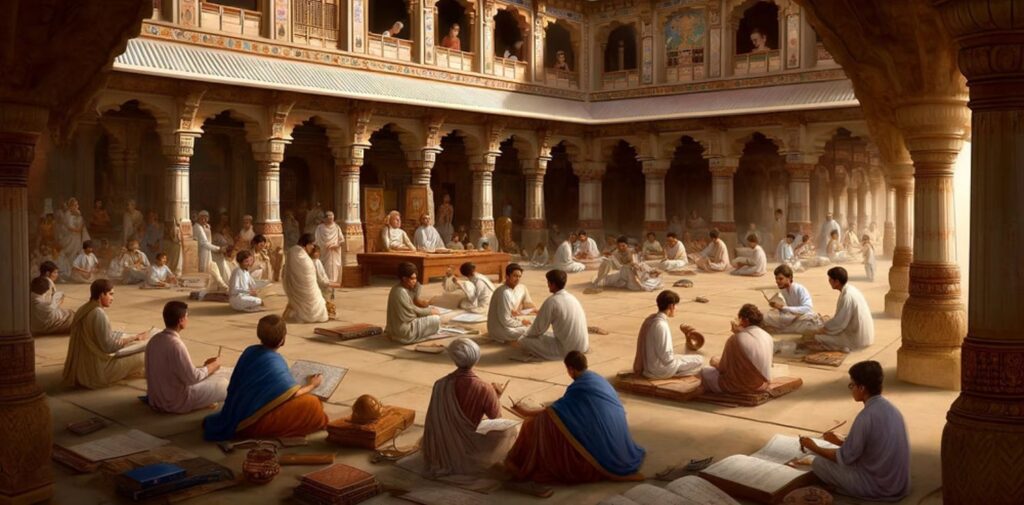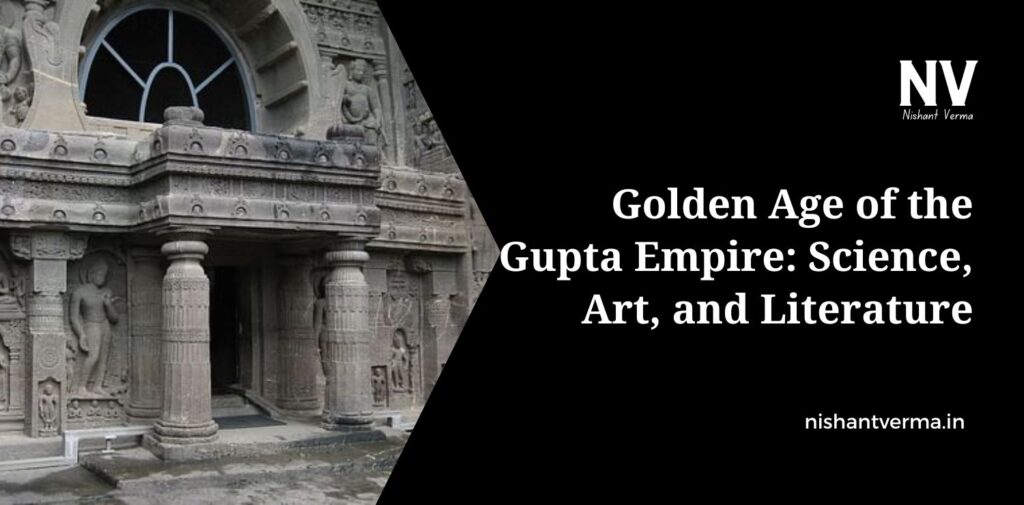The Gupta Empire is often called the “Golden Age” of India because it was a time when India saw great achievements in many areas like science, art, literature, and culture. This period, which lasted from about 320 CE to 550 CE, was a time of peace, prosperity, and great advancements. The Gupta rulers were wise and strong, and under their leadership, India became one of the most advanced civilizations in the world. In this article, we will learn about the amazing things that happened during the Gupta Empire and how it left a lasting impact on India and the world.
The Gupta Empire: A Brief Introduction
The Gupta Empire was founded by Chandragupta I in 320 CE. He was the first ruler to unite northern India under one kingdom. The empire reached its peak under his son, Samudragupta, and later under his grandson, Chandragupta II, also known as Vikramaditya. The Gupta Empire is considered the Golden Age because it was a time of great achievements in many fields.
The empire ruled over a large part of India, including modern-day India, Pakistan, Bangladesh, and parts of Afghanistan. During this time, the country enjoyed peace and stability, which allowed people to focus on art, science, and literature.

Science and Mathematics: The Gupta Scholars
One of the greatest achievements of the Gupta Empire was in the field of science and mathematics. During this period, Indian scholars made important discoveries that changed the way people understood the world.
Zero and the Decimal System
One of the most important inventions during the Gupta period was the concept of zero and the decimal system. Before this, people used other systems for counting, but the Gupta scholars developed the number system we use today. They created a symbol for zero and showed how it could be used in math to represent nothing. This was a revolutionary idea and helped make arithmetic and mathematics much easier.
The Gupta mathematician Aryabhata is famous for his work in mathematics and astronomy. He was one of the first people to understand that the Earth is round and rotates on its axis. He also calculated the value of pi (π) and estimated the length of the year very accurately. Aryabhata’s discoveries influenced many future mathematicians and scientists.
Advances in Medicine
The Gupta period also saw great progress in the field of medicine. Indian doctors during this time made many important discoveries in surgery and treatment. Sushruta, an ancient Indian doctor, is famous for writing a book called the “Sushruta Samhita,” which is considered one of the earliest texts on surgery. It taught doctors how to perform operations and even perform eye surgery.
Doctors in the Gupta Empire also understood the importance of hygiene and cleanliness. They used natural medicines from plants and herbs to treat illnesses. Many of these medical practices are still used today in traditional medicine.

Art and Architecture: Beautiful Creations
Art and architecture flourished during the Gupta Empire, and this period is known for its beautiful sculptures, paintings, and buildings. The Gupta rulers built magnificent temples, many of which can still be seen today.
Sculpture and Temple Art
The Gupta Empire is famous for its amazing sculptures and temple art. The Gupta artists created beautiful statues of gods and goddesses that were placed in temples. These sculptures were made with great attention to detail and showed the artists’ deep knowledge of human anatomy and expression.
The famous “Gupta style” of art was characterized by smooth, graceful figures and elegant poses. Some of the most famous sculptures from this time include the statues of Lord Buddha, which show a peaceful and calm expression. These statues were not only beautiful but also represented the religious and cultural beliefs of the time.
Paintings and Mural Art
In addition to sculptures, the Gupta period is known for its wonderful paintings. One of the best examples of Gupta painting can be seen in the famous Ajanta Caves, located in Maharashtra, India. The walls of these caves are covered with beautiful murals that tell the story of the life of Lord Buddha. These paintings show the Gupta artists’ incredible skill in using colors and creating detailed scenes.
The Gupta painters also used their art to show scenes from daily life and the natural world. These paintings are not only beautiful but also give us a glimpse of what life was like in ancient India.
Literature: A Time of Great Writers
The Gupta Empire was also a golden age for literature. Many famous writers and poets lived during this time, and they wrote beautiful stories, plays, and poetry. Their work helped shape Indian literature and continues to influence writers today.
Kalidasa: The Great Playwright
One of the greatest writers of the Gupta period was Kalidasa. He is often considered the Shakespeare of India. Kalidasa wrote many famous plays and poems, and his works are still read and performed today. His most famous play, “Shakuntala,” tells the story of a beautiful woman named Shakuntala and her love for King Dushyanta. The play is a beautiful mix of love, drama, and nature, and it is one of the most famous works in Indian literature.
Kalidasa’s poetry also celebrated the beauty of nature and the joys of life. His works are known for their rich language and deep emotions. He wrote about love, the changing seasons, and the beauty of the natural world.
Other Writers and Poets
In addition to Kalidasa, many other writers and poets contributed to the rich literature of the Gupta Empire. Some of them wrote in Sanskrit, which became the main language of literature and learning during this period. Writers like Bhasa, Banabhatta, and Vishnu Sharma wrote plays, stories, and poems that are still important in Indian culture today.
One of the most famous collections of stories from this time is the “Panchatantra,” a book of fables written by Vishnu Sharma. The stories in the Panchatantra teach valuable lessons about life, friendship, and wisdom. These fables are still popular among children today.
The Decline of the Gupta Empire
Despite the great achievements of the Gupta Empire, it did not last forever. After the death of Chandragupta II, the Gupta Empire began to weaken. There were many reasons for its decline. One of the main reasons was attacks from outside invaders. The Huns, a group of people from Central Asia, invaded the empire and weakened it.
The Gupta rulers also faced internal problems, such as weak leadership and economic difficulties. By the middle of the 6th century CE, the Gupta Empire had fallen apart, and the great civilization came to an end. However, the legacy of the Gupta Empire lived on, especially in the areas of science, art, literature, and culture.

Legacy of the Gupta Empire
The Gupta Empire left a lasting impact on Indian history. The achievements in science, medicine, mathematics, art, and literature continue to be important to this day. The concept of zero, for example, was a breakthrough that changed the way the world thought about numbers and math.
The art and architecture of the Gupta period still inspire artists today, and the literature written during this time continues to be read by people around the world. The Gupta Empire may have fallen, but its Golden Age remains one of the brightest chapters in the history of India.
Conclusion
The Golden Age of the Gupta Empire was a time of incredible achievements in science, art, and literature. The rulers of the Gupta Empire, especially Chandragupta II, helped create a period of peace and prosperity that allowed India to flourish in many areas. The Gupta scholars made discoveries in mathematics and medicine that still shape our world today, while their artists and writers created beautiful works that are cherished by people even now. Though the Gupta Empire eventually declined, its legacy continues to inspire us, reminding us of the importance of knowledge, creativity, and peace.




